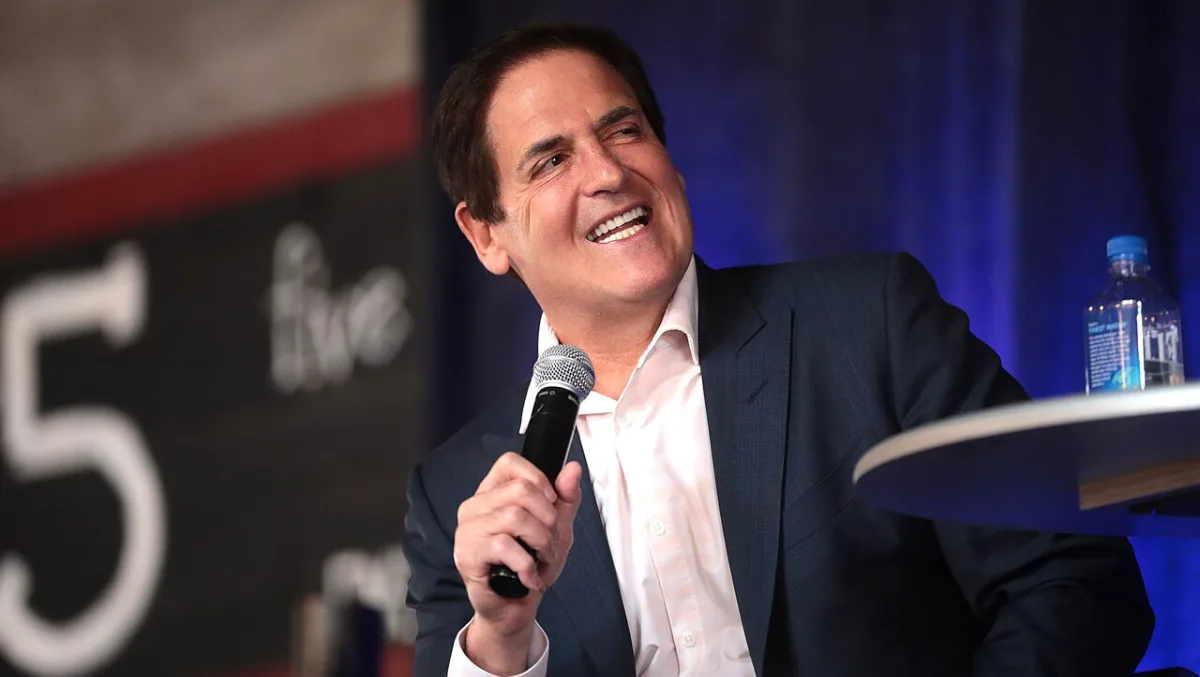
When someone as visible and accomplished as Mark Cuban quotes his father by saying, “Time is the most valuable asset you don’t own,” it makes you sit up and take note.
As an entrepreneur who turned a few million into billions, Cuban’s wealth-protection strategies offer more than just celebrity advice. They are reflections of practices that the super-rich live by. Let’s unpack the three key methods that Cuban and many high-net-worth individuals use to preserve.
Don’t Overspend—Live Below the Hype
Even though Mark Cuban’s net worth is estimated in the billions, his attitude toward personal spending is remarkably grounded. Cuban publicly states that he doesn’t own a yacht, doesn’t have a fleet of luxury cars, and opts out of excess. He views freedom not as owning fancy objects, but as having time and flexibility.
For many wealthy individuals, maintaining a modest baseline of personal spending isn’t just humility; it’s strategic. Why? Because overspending is one of the fastest ways to erode wealth. Big houses, expensive lifestyles, and luxury upgrades all come with ongoing costs, including maintenance, staffing, taxes, and opportunity costs.
Cuban was recognized when he sold his software company, MicroSolutions, for $6 million at the age of 30.
For everyday investors and aspiring wealth-builders, the lesson is clear: wealth protection starts with mindset.
Plan Strategically—Systems Before Opportunities
The second major theme Cuban and other ultra-wealthy individuals emphasize is meticulous planning. Millionaires “don’t leave things to chance.” They build structures, protocols, and safeguards around their wealth.
Cuban’s early mindset, “invest like a 60-year-old,” is a great example. It wasn’t just a catchy phrase; it conveyed a long-term horizon, conservative risk, and prioritization of capital preservation. For high-net-worth individuals, strategic planning takes many forms:
- Estate planning & trust structures: Ensuring assets can be passed down in a tax-efficient way, avoiding legal traps.
- Asset protection: Setting up legal entities, insurance, and diversification of jurisdictions to protect against litigation or regulatory risk.
- Liquidity planning: Making sure you have enough liquid assets to handle economic shocks—even as large investments remain illiquid.
- Tax strategy: The ultra-rich often work with advisors to legally optimize taxes, taking advantage of deductions, jurisdictions, and timing.
For the rest of us, strategic planning doesn’t mean you need a private bank team, but it does mean you should create a roadmap that defines your investment goals, risk tolerance, timeline, and backup plan.
When you treat your portfolio as a system rather than a gamble, you’re protecting wealth instead of risking it.
Maintain a Diverse Portfolio—Don’t Put All Your Eggs in One Basket
Cuban and his advisors consistently emphasize diversification not just across stocks and bonds, but across asset types and jurisdictions. The super-rich spread investments to reduce the risk of catastrophic loss if any one market or regulation goes awry.
Here’s how that looks in practice:
- Different asset classes: Traditional equities, bonds, real estate, private equity, and sometimes commodities or art.
- Geographic diversification: Exposure to global markets, using foreign jurisdictions or currency diversification to hedge domestic risk.
- Asset‐protection structures: Sometimes assets are situated in different legal jurisdictions, which can help with risk, regulation, and tax optimization.
For the everyday investor, diversification doesn’t require exotic assets, but it does require awareness. Make sure your portfolio isn’t tied to a single industry, economic cycle, or country.
If you hold all your savings in your employer’s stock or all in your local real estate market, one downturn could wipe away years of accumulation. The super-rich protect their wealth by spreading exposure, and so should you.
Applying the Lessons
What does the above mean if you’re not a billionaire? It means these aren’t just billionaire “secrets”; they’re universal principles:
- Start by reducing unnecessary costs: Overspending is the enemy of wealth, regardless of the size of your net worth.
- Think in decades, not short term: Wealth protection is a marathon, not a sprint. A long viewpoint helps you make decisions that survive cycles.
- Build a portfolio structure: Rather than gambling on “the next big thing.”
- Stay adaptable: Markets change, tax laws shift, and regulations evolve. The ultra-wealthy don’t stick to one playbook; they evolve.
Mark Cuban may have tools and advisers that most of us don’t, but the mindset is accessible to all. Living below your means, planning smartly, and spreading risk are foundational to any sustainable financial future.
The Bigger Picture
When you step back and look at what the super-rich do, the common thread isn’t flashy luxury; it’s control. Control over spending, control over risk, control over legacy.
Cuban’s journey from millionaire to billionaire is impressive, but it’s anchored in the practices above: living realistically, investing strategically, and diversifying fearlessly.
When someone says, “I want you to invest for me like a 60-year-old,” they’re saying patience, discipline, and protection matter more than the next hot IPO. They’re saying to build something that lasts.
And if you apply even one of the three methods—spending under control, strategic planning, or diversified investing—you’re doing what the ultra-wealthy do. Not because you’re them, but because you’re smart about your future.
In the end, wealth isn’t just about how much you make. It’s about how well you keep it, manage it, protect it, and pass it on. Mark Cuban’s approach shows that even billionaires worry about tomorrow, and so should everyone who cares about sustaining their own financial momentum.




















